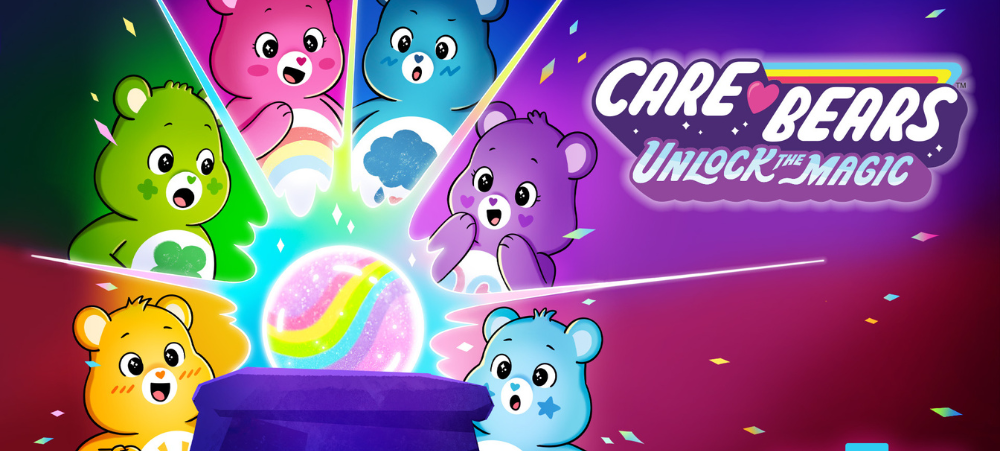
A Principal’s Perspective: Nurturing Resilience & Endurance in Your Child
Resilience and endurance are indispensable qualities in today’s fast-paced world, and parents play a crucial role in cultivating these traits in their children. But while we all understand the importance of these traits, helping our children develop them isn’t always easy. In my many years as an educator and now school principal, I have, however, learnt there are some surefire ways to help your child develop strength and resilience. Key among these, is helping them to develop a Growth Mindset. Teach your child to view challenges as opportunities for growth rather than failures, and emphasise the importance of dedication and effort in developing skills and abilities. It is also important to Model Resilience, and to lead by example. Show your child how to tackle challenges with a positive attitude and perseverance, and share stories of your own setbacks and triumphs to highlight the importance of resilience. We should also help our children build Emotional Awareness. Help your child identify and express their feelings openly, and teach them healthy coping mechanisms for managing stress and disappointment. Again, lead by example. You do not feel the same and on top of your game every day, and neither should your child be expected to. You may be emotional and express your feelings in a healthy and appropriate manner, and our children should be encouraged to do the same. Supportive Relationships and their importance can’t be overstated. Foster open communication and trust within your family and encourage meaningful connections with peers and mentors who can offer guidance and support during tough times. Do not feel that you failed as a parent if they open to someone else, but rather welcome the fact that they are building a broad network of support. One of the biggest gifts we can give our children, is to Promote Independence. Empower your child to take on responsibilities and make decisions independently, without hovering over them and eyeing their every move like a hawk. Encourage your child to step out of their comfort zone and take on new experiences. Offer support while allowing them the opportunity to learn and grow from their experiences. Offer guidance and support while encouraging them to problem-solve and find solutions on their own. Tell them in conversations of examples where you as a parent made the incorrect decision, how it affected your future, and also how you were able to move on from mistakes. We all make them, and dealing with them is part of the learning journey. Celebrate Progress, not just Achievements. Recognise and celebrate your child’s efforts and progress, regardless of the outcome. Focus on the journey rather than the result to reinforce the importance of resilience and perseverance. Encourage your child by emphasising that he or she is not there yet, but that constant and sustained effort will pay off. Prioritise physical health through regular exercise, nutritious eating and adequate sleep. Healthy Habits are the building blocks on which everything else rests. A healthy body lays the foundation for emotional resilience. Ensure that there is a healthy balance between the child’s academic, sport and leisure time. Teach problem-solving skills and Cultivate Optimism. Equip your child with effective problem-solving skills to navigate challenges confidently. Encourage them to brainstorm creative solutions and learn from setbacks. Help your child develop a positive outlook on life by focusing on the lessons and opportunities for growth in difficult situations, and always keeping things in perspective. By Sanet Van Rensburg, Principal: Abbotts College Centurion.































